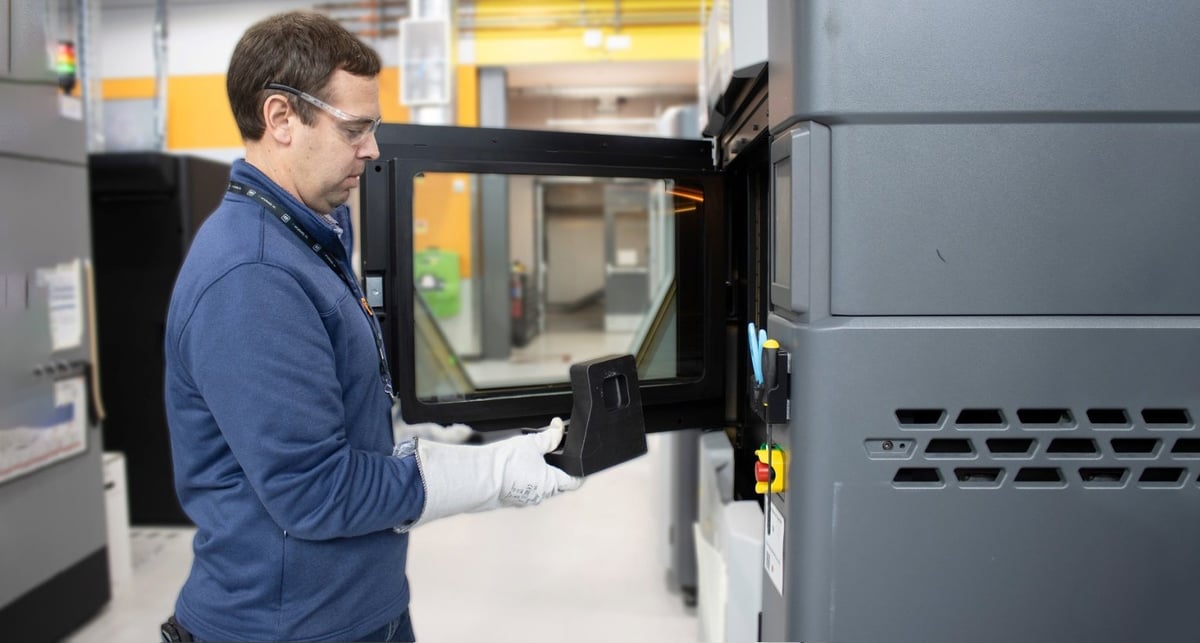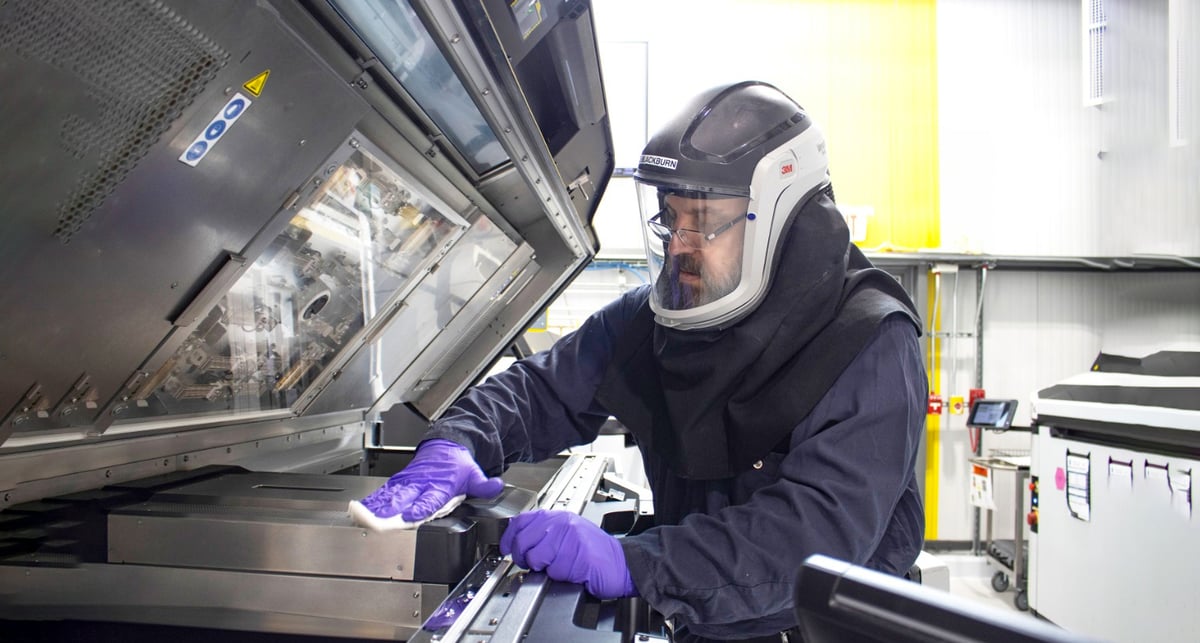Imagine you run an additive manufacturing program at one of the world’s largest automakers and everything is going great. Now, you want more money to buy more printers, hire more staff, and develop more applications, but you just can’t seem to get the ear of the executive suite. What do you do?
Why not have the communications team issue a press release detailing how great it’s going in your 3D printing shop and hope the press and socials pick it up?
Thanks GM, we’re happy to spread the word!

“Additive manufacturing continues to enable us to build our vehicles safer and quicker,” says Paul Wolcott, a GM technical specialist in a recent press release. “From accelerated lead times for tools to addressing ergonomic issues with lightweight solutions, we keep seeing growth in applications the more we implement it.”
In 2024 alone, GM launched more than 5,400 new additive manufacturing projects with more expected in 2025. Considering that GM has been using 3D printing in various forms for about 30 years, it’s solidly entrenched in the company’s processes.
Look for example at the lightweighting and simplification of tools and fixtures.
Additive manufacturing is making vehicles easier to assemble by making the tools employees use on the line more ergonomic and lightweight.
At the Lansing Delta Township Assembly plant — home to the Buick Enclave, Chevrolet Traverse, and GMC Acadia — assembly line operators previously used a metal fixture to prop open vehicle hoods before attaching them to their hinges. These titanium and steel fixtures weigh in at 14 pounds (6.4 kg) — heavier than the 10-pound regulatory limit for a one-hand lift.

After exploring other options to lighten the part, the plant turned to the additive manufacturing team to develop a new, lighter design, that’s 3D printed.
The parts are not needed in the thousands, so injection molding them would be expensive, considering that they are unique to each vehicle and could change quickly.
3D printing isn’t just for tools, of course, the manufacturer applies it across design, product and materials engineering, and aftersales to make components ranging from body hardware to electrical, interiors and more.
“As we move toward an all-electric future, innovations like additive manufacturing will help enable GM to bridge the virtual gap and solve problems — from ergonomics, design, in-house manufacturing solutions, and more,” the company said.
You May Also Like:
Lead image: Lansing Delta Township team member Kayla Dubois uses a 3D printed hood fixture (dark gray beam) on her station. Before using additive manufacturing, this part was made of heavy titanium and steel.
License: The text of "GM Sings The Praises of 3D Printing at its Factories" by All3DP Pro is licensed under a Creative Commons Attribution 4.0 International License.



